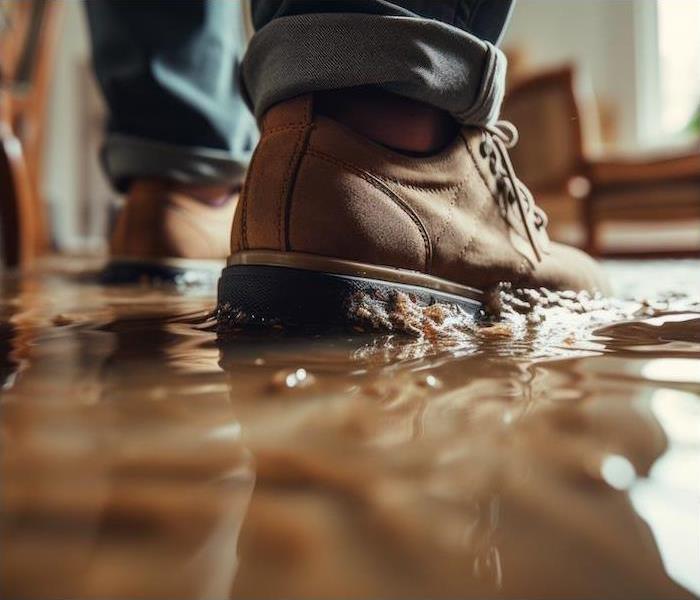Getting Down to the Basics of Flood Prevention | SERVPRO of North Oklahoma City
4/1/2024 (Permalink)
 SERVPRO of North Oklahoma City is ready to help in a moments notice after spring showers leak in to your home or business.
SERVPRO of North Oklahoma City is ready to help in a moments notice after spring showers leak in to your home or business.
When you want to do something well, you need to first focus on the basics. If you have kids and have ever had to help with math homework, you already know that learning the basics is the only way to succeed—and walk away from the homework table tear-free.
Getting down to the basics is a good way to protect your home from potential disasters, too. We might not be able to stop Mother Nature from sharing her darker side with us, but when our homes are prepared, we can mitigate our losses and recover faster.
Every year around the nation, homes are damaged in flooding. Since it is one of the most common kinds of home damage, it is crucial we cover the basics of flood protection for our homes and our families.
One of the reasons that flooding is so prevalent is because it can happen in so many different ways. Not all flooding originates from nature, but internal manmade disasters like leaking appliances are often easier to control and clean up after.
Weather-related flooding is more complicated. Heavy rains are common in our area, which leaves us vulnerable to flash flooding. With the Oklahoma River nearby, river flooding can also be detrimental to many of our community members.
In order to start protecting your home, get to know where it lies in the flood zones. This can help you better identify your unique risks so that you can prepare appropriately.
Get to know your yard and how the community handles heavy rains as well. If you have a low-lying spot or live in a valley between hills, you may need to increase the drainage in your yard or lengthen your gutter downspouts.
If you live in a heavily wooded area, investing in gutter covers might be a good idea. This can ensure your gutters won’t become blocked with leaves and other debris, which could lead to roof leaks and other water damage in your home. Understanding how your home and your community responds to water is the best way to take action against potential damage.
Knowing your zone is a great starting point when it comes to covering the basics of flood protection, but there are also some action steps you can take. Start with basic home maintenance inside and out.
In your yard, check for gentle grading that rolls away from your house. This will ensure water is always flowing away. Watch for areas that wash out after a heavy rain, and add organic material or consider a rain garden in those spots for further protection. Taking your gutter downspouts underground can be an inexpensive upgrade that ensure water moves away from your home before it ever has the opportunity to leave things wet.
On the inside of your home, take a bottom-up approach. Make sure your basement is well-sealed. You may need to have it professionally sealed every five to 10 years, or if you see signs of cracks or gaps forming.
Check the weather stripping and caulking on your windows and doors throughout your home as well. Replace anything that has worn out to prevent drips when rain sets in.
Take flood protection back to the basics. Maintain your home, get to know your zones and keep an eye out for potential issues. Keeping things dry will be easier than helping with multiplication homework any day.
Do you have water damage in your home? Contact us at SERVPRO® for fast recovery.





 24/7 Emergency Service
24/7 Emergency Service